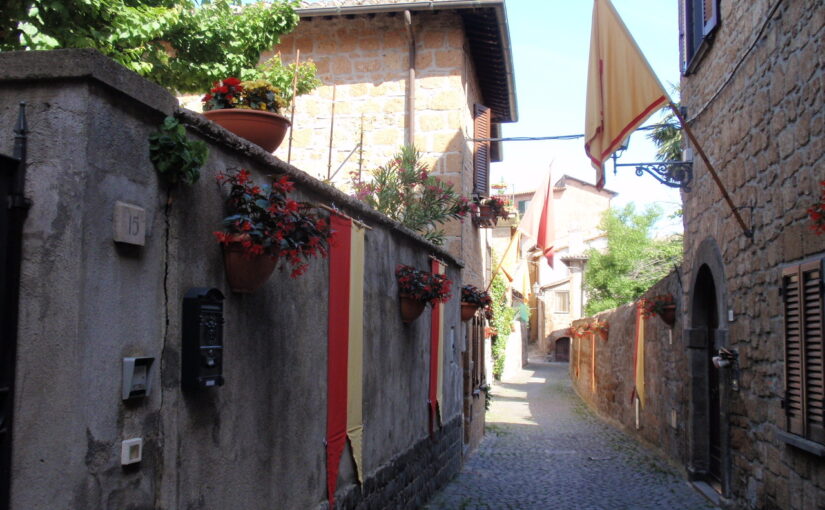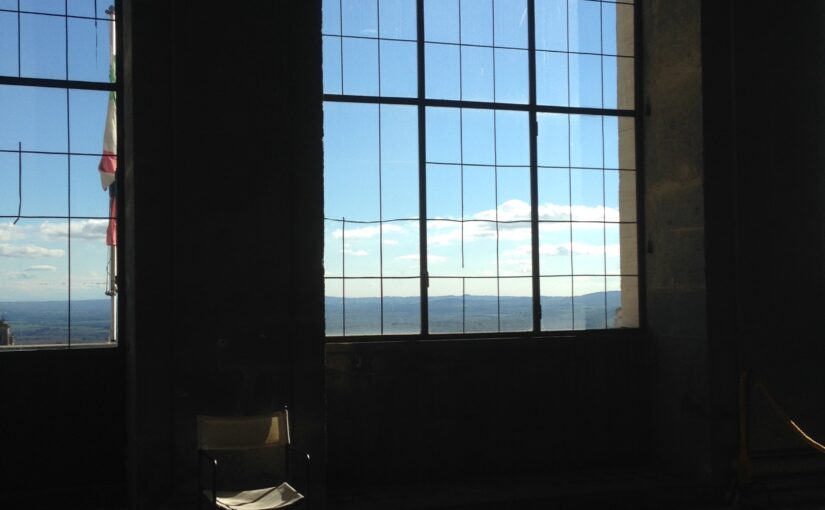Tuesday, June 20
A shift in self image occurred last Thursday from old guy fighting to walk to a forever youthful man facing a surmountable challenge; that lasted a couple of days, then returned for brief periods. Mousing became easier for the day, a really welcome change.
More or less simultaneously the energy surges reported last week have become routine, repeating themselves dozens of times daily, most often deliberate, sometimes on their own.
On Saturday’s morning walk everyone we passed looked odd and misshapen. That evening, they all looked like movie stars. Attitude is everything.
Also randomly, a fluidity found its way into movement from time to time, nothing dramatic to look at, but wonderful to feel. On the other hand yesterday and today movement of any kind has been extremely difficult. On the other hand, I’ve been giggling at my body’s foolishness. Attitude.
For my fellow travelers and for friends who are feeling super nerdy, attached is a comparative taking stock of symptoms. Disclaimer: no sooner do I “finish” the list than the particulars change, so this is a snapshot of an ongoing parade, generally reflective, but not a scientifically accurate report. Click here to be overwhelmed.
“Doctors see Parkinson’s as a problem of motor function and a problem of tremor, only. Because of this, doctors and patients alike usually only look for a return to motor perfection or cessation of tremor when they look for evidence of recovery. But normal motor function and cessation of tremor might be the last changes to be realized.” [from Recovering from Parkinson’s by Janice Hadlock]



